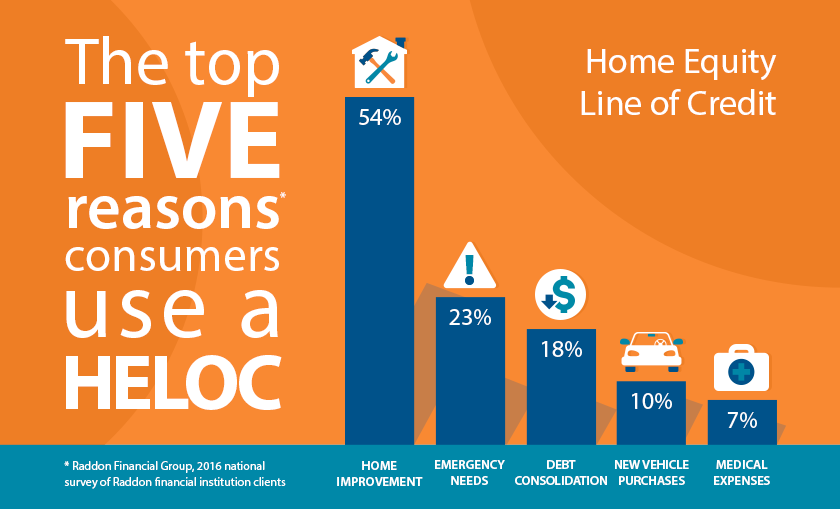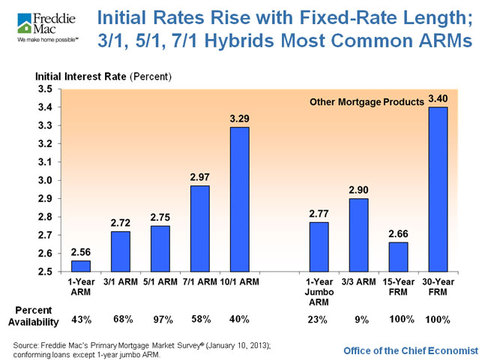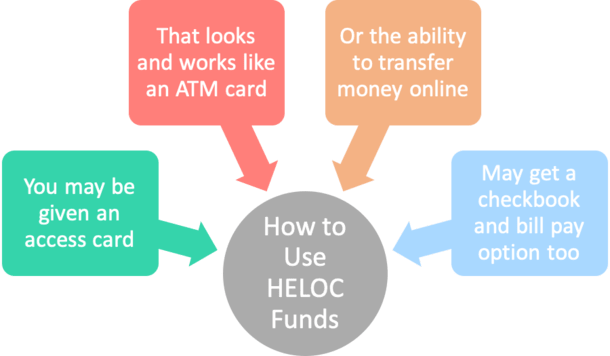
If you are applying for a VA Loan, you will need to pay a VA Funding Fee. This upfront cost is a percentage on the total loan amount. This fee helps offset the costs of VA loans for taxpayers. This fee amounts to less than four percent for most borrowers.
VA funding fee is a one-time upfront cost
VA funding fee: This is one of the administrative charges that VA loan applicants will need to pay. The fee is a percentage from the loan amount. It can vary depending on a number of factors. This fee can be paid at closing, or it can be rolled into monthly payments.

The VA funding fee is required for most borrowers. However, there are exceptions for veterans and their spouses. These individuals may also be eligible for a VA loan waiver. These individuals will be required to submit documentation that proves their eligibility to the VA.
It is a small percentage of the loan sum
The funding fee is a percentage of the loan amount and is determined by the lender. You will pay only 2.15 percent of the funding fee if you make a deposit of 5% on a VA Loan. If you have previously received a VA loan with a lesser amount than 5%, the funding fee will be higher at 3.3%. You will only pay 1.4% if you deposit 10% or more.
This fee is determined by the type of loan and the status of the loan. A $300,000 home, for example, would have a funding fee of $6,900. This fee will be added to your loan amount. You can either pay it out-of-pocket at closing or ask the seller to cover it.

It can reach up to 4 percent from the loan amount
While the seller is allowed to pay the VA funding fee and other closing costs, the fees cannot exceed 4 percent of the loan amount. These fees must be included in seller-paid closing costs. The 2.3 percent funding fee alone uses up more than half of the seller-paid closing costs. Previously, VA funding fee guidelines were in effect from 2011 to 2019. The new guidelines are effective as of January 1, 2020. They will continue to be in force until January 1, 2022.
FAQ
How many times may I refinance my home mortgage?
This depends on whether you are refinancing with another lender or using a mortgage broker. You can typically refinance once every five year in either case.
What is a Reverse Mortgage?
A reverse mortgage allows you to borrow money from your house without having to sell any of the equity. You can draw money from your home equity, while you live in the property. There are two types to choose from: government-insured or conventional. A conventional reverse mortgage requires that you repay the entire amount borrowed, plus an origination fee. FHA insurance covers repayments.
Is it possible for a house to be sold quickly?
It might be possible to sell your house quickly, if your goal is to move out within the next few month. You should be aware of some things before you make this move. First, you must find a buyer and make a contract. You must prepare your home for sale. Third, you must advertise your property. You must also accept any offers that are made to you.
Statistics
- This seems to be a more popular trend as the U.S. Census Bureau reports the homeownership rate was around 65% last year. (fortunebuilders.com)
- It's possible to get approved for an FHA loan with a credit score as low as 580 and a down payment of 3.5% or a credit score as low as 500 and a 10% down payment.5 Specialty mortgage loans are loans that don't fit into the conventional or FHA loan categories. (investopedia.com)
- Some experts hypothesize that rates will hit five percent by the second half of 2018, but there has been no official confirmation one way or the other. (fortunebuilders.com)
- When it came to buying a home in 2015, experts predicted that mortgage rates would surpass five percent, yet interest rates remained below four percent. (fortunebuilders.com)
- The FHA sets its desirable debt-to-income ratio at 43%. (fortunebuilders.com)
External Links
How To
How to buy a mobile home
Mobile homes are houses that are built on wheels and tow behind one or more vehicles. Mobile homes are popular since World War II. They were originally used by soldiers who lost their homes during wartime. People today also choose to live outside the city with mobile homes. These houses come in many sizes and styles. Some are small, while others are large enough to hold several families. You can even find some that are just for pets!
There are two main types mobile homes. The first is built in factories by workers who assemble them piece-by-piece. This occurs before delivery to customers. Another option is to build your own mobile home yourself. First, you'll need to determine the size you would like and whether it should have electricity, plumbing or a stove. Then, you'll need to ensure that you have all the materials needed to construct the house. Finally, you'll need to get permits to build your new home.
If you plan to purchase a mobile home, there are three things you should keep in mind. Because you won't always be able to access a garage, you might consider choosing a model with more space. A model with more living space might be a better choice if you intend to move into your new home right away. You should also inspect the trailer. If any part of the frame is damaged, it could cause problems later.
You should determine how much money you are willing to spend before you buy a mobile home. It is important to compare the prices of different models and manufacturers. Also, take a look at the condition and age of the trailers. Many dealers offer financing options. However, interest rates vary greatly depending upon the lender.
An alternative to buying a mobile residence is renting one. You can test drive a particular model by renting it instead of buying one. Renting isn’t cheap. Renters usually pay about $300 per month.